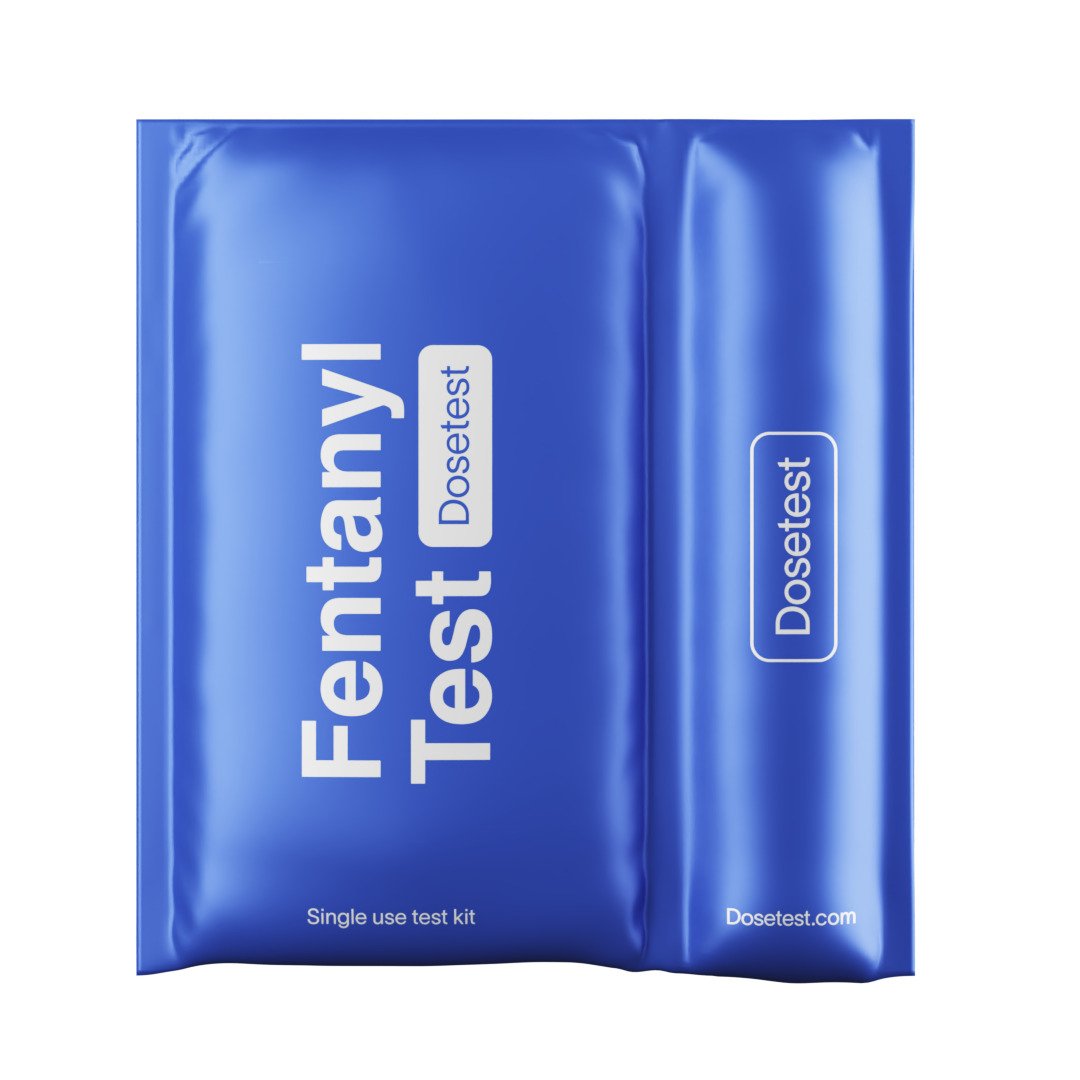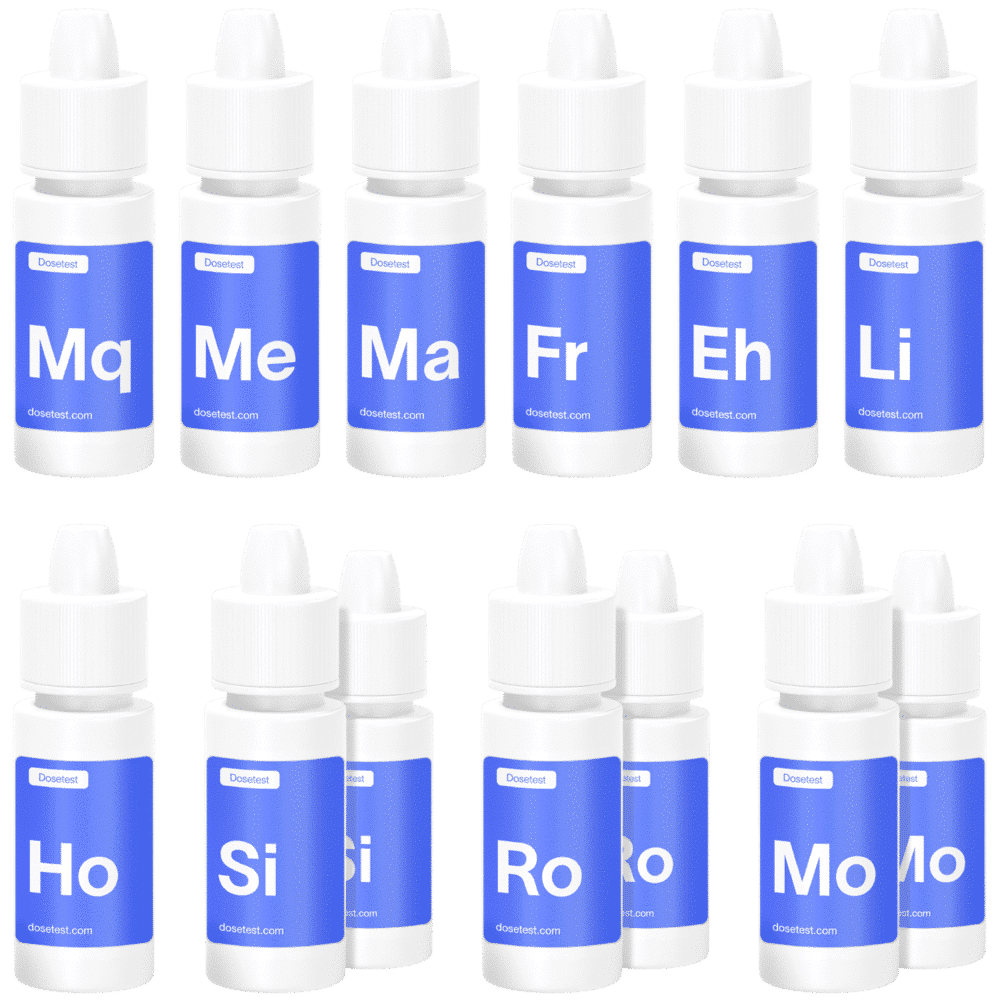DoseTest tests five new substances
The clandestine chemists who produce some of the strange new drugs that are emerging haven’t stopped working during this pandemic, and neither have we. In collaboration with Energy Control International, DoseTest has conducted some of the first lab-backed testkit analysis on a range of recent NPSs (Novel Psychoactive Substances) to add them to our results tool. As we add more substances, we’ll also publish posts like this one to tell you a little bit about each substance and announce our results.
- A-PIHP (also referred to as A-PHIP)
This little-discussed pyro (closely related to, but distinct from better-known substances like A-PVP and A-PHP) was first discussed in 2006 as a potential MAOI antidepressant, but only started to appear in the recreational research chemical market years later. It was first observedby early-warning systems in 2016, when it was identified in Slovenia.
Because it has remained so obscure, we don’t have a large base of user experience from which to discuss A-PIHP’s effects. From what we have been able to find it, seems that the experience is broadly comparable to the likes of A-PHP or N-ethylpentedrone, although some would argue that it has a greater aphrodisiac effect and a milder comedown than either.
We’d be loath to make any specific health claims about this substance based on the limited information available, but substances in this family are known to be severely neurotoxic, cardiotoxic and caustic – this means that there is a serious risk of acute or long-term damage to your brain, your heart and the physical membranes through which you’re dosing the drug. It has also been reported to induce a powerful urge to redose, leading to a high risk of bingeing. What we can tell you with confidence, however, is how to identify a sample of A-PIHP using your testkit.
- N-ethylheptedrone
Not to be confused with its predecessor, N-ethylhexedrone (NEH), HEP is a recently-released cathinone stimulant which was marketed as the Next Big Thing, but has generally been found to be wanting since its release last year.
Most users report that it is much, much milder than NEH, to the extent that many have struggled to experience any effects at all. If you want a sore face and increased body temperature, you might be better off if you just get yourself beaten up a bit.
As with all of these substances, very little information is available on HEP’s health effects even in the short term, let alone the long-term consequences of its use. Based on its similarity to other, better-understood substances, we can assume it to have a degree of neurotoxicity and cardiotoxicity, although it is considered to be marginally less caustic than hexen – at least your nose will feel better for it. Fortunately, we can offer some advice you won’t find anywhere else: here’s what you can expect when testing a batch of N-ethylheptedrone:
- A-PCYP
A-PCYP is a lesser-known cathinone which was first documented in 2015, but didn’t really enter the recreational market until late last year.
From what we’ve seen in the psychonaut community, however, it doesn’t seem to have caught on. While users report less of an impulse to redose than they might with similar substances, making them less likely to binge, this is as much a point against the stuff as one in its favour. Users report that it is certainly stimulating, but doesn’t offer the euphoria or aphrodisia that stimulant-users tend to be looking for in a new substance, so this lack of desire to redose could simply be a result of it being a bit rubbish. They also report a milder comedown but again, this could simply be a result of not taking as much.
While being rubbish might result in less potential for harm than other drugs (“the poppers defence”, as we call it), that’s not really enough to consider A-PCYP any safer than related substances more broadly. Without any specific evidence one way or the other, it would be safer to err on the side of caution and assume this is as toxic as its cousins in the rest of the cathinone family – if you’d rather find out for yourself, though, you can now check with some confidence that you’re getting the right stuff. Here’s what we found:
- Pagoclone
The only non-stimulant of this batch, pagoclone is an anxiolytic “z-drug” (meaning it’s in the same family as Zopiclone), which was first synthesised in the early 90s by a team working for the defunct French company, Rhone-Poulenc & Rorer. While initial trials as a treatment for severe stutters were positively received, they were abandoned before the drug was brought to market and Pagoclone languished in obscurity for years. It has received more recent attention thanks to psychedelic scientist David Nutt, who suggested that it be made recreationally available as a synthetic substitute for alcohol.
The man knows his stuff: pagoclone is reported to have many of the positive effects shared by alcohol and benzodiazepines without the worst effects of either. It has been described as relaxing, prosocial and mildly inebriating without causing hangovers, blackouts or addictive behaviour. Its short half-life also means that it wears off more quickly than most benzos, and its effects can be completely reversed with the use of the “antidote”, flumazenil – someone could go out and get “drunk” on pagoclone, then take some flumazenil and drive home.
Heavier users, however, have reported some concerning visual effects which it shares with its cousin, Zopiclone. At high doses, it appears to create “true hallucinations”, realistic visual and auditory hallucinations which create the impression that the subject (usually spiders) is actually in the room with you. This would place it in the company of deliriant drugs like diphenhydramine, rather than conventional psychedelics.
Other than this particularly-upsetting side effect, pagoclone appears to be unusually safe. While long-term trials were never conducted, it appears to exhibit a similar risk profile to Zopiclone. However, when bought illegally it could easily be swapped out for cheaper substances like etizolam or flubromazepam, which can easily be fatal when mishandled. Fortunately, it’s now possible to identify pagoclone with confidence using a standard testkit:
- MD-PEP (MD-PV8)
Possibly the most recent of this list, MDPEP only started to appear around a year ago to a resounding “meh” from the stimulant community. The cat-and-mouse game between clandestine chemists and law enforcement has pushed those designing pyros like MDPV and MDPHP to produce ever more complicated substances to evade criminalisation. As the chains on these molecules grow, the drug itself is considered progressively worse by users.
While certainly effective as a stimulant, MDPEP produces little of the aphrodisia or euphoria that gives similar substances their recreational value as well as reportedly having only a brief effect. We really can’t stress enough how unpopular this drug is, we had a really hard time finding any specific information about it other than that it’s bad.
As with A-PCYP above, one could make a (specious) argument that this is safer than many substances due to the limited redose impulse and reduced likelihood of forming a habit. Otherwise, there is little information available to distinguish MDPEP from related compounds in terms of health outcomes associated with its use. If you decide to try it for yourself (or to avoid it at all costs), you can identify MDPEP by looking for the following results:


